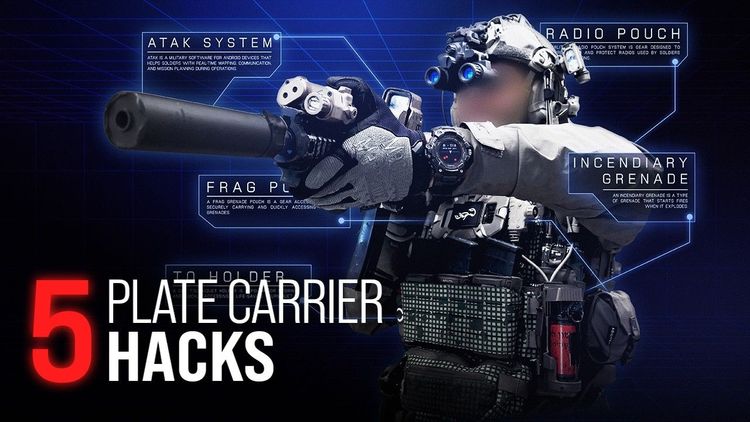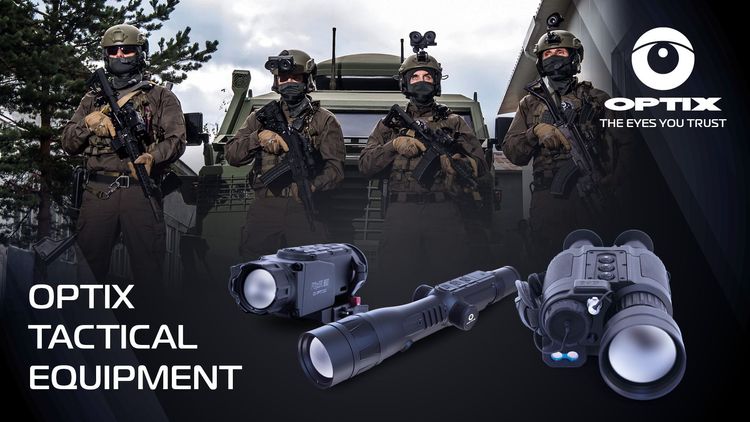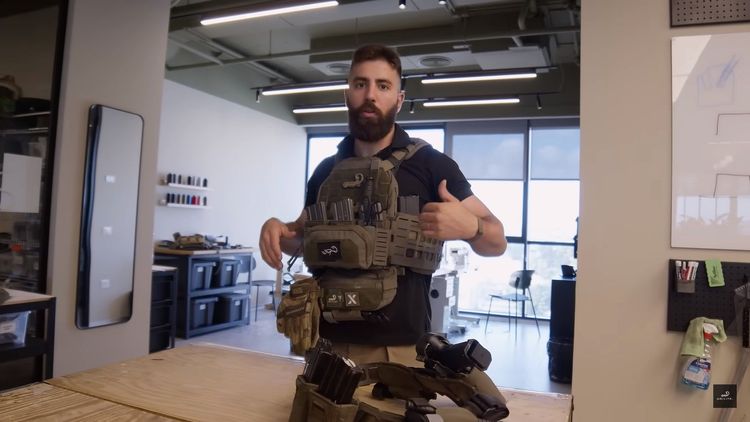During their deployment in the Gaza Strip and along the Lebanese border, members of the Agilite team gained valuable insights. Back at the office, they discussed their plate carriers, configurations, and modifications they tried during their missions. These tips and tricks come directly from practical experience and could be relevant for you as well. Here are five plate carrier hacks you should know.
- Cummerbunds: QDs vs Velcro
There are pros and cons to both QD (Quick Detach) and Velcro cummerbunds when it comes to user-friendliness and quality of life. QDs are definitely the more convenient choice. Removing a Velcro cummerbund is noisy and often quite annoying. The downside of QDs, however, is that they take up valuable space on your plate carrier – specifically the MOLLE loops near your placards. This spot is ideal for additional pouches as it is relatively discreet and easily accessible.
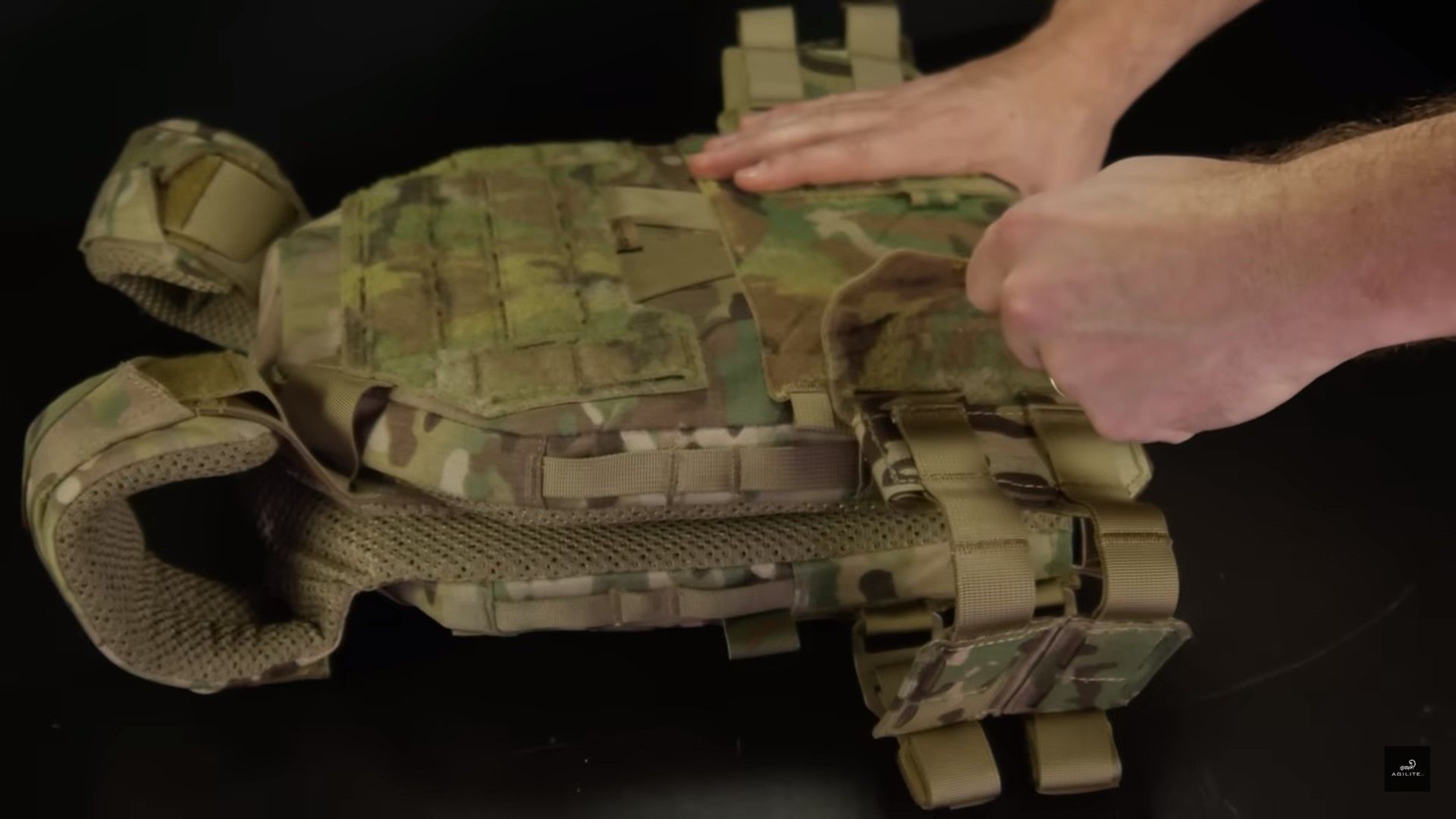
The Agilite team's recommendation: a hybrid system. Mount the QD on your strong side and the Velcro closures on the other side. This way, you have the comfort of the QD on one side and the space for your gear on the other. Both the K0 Cummerbund and the Warfighter Cummerbund from Agilite offer the option to switch between QD and Velcro.
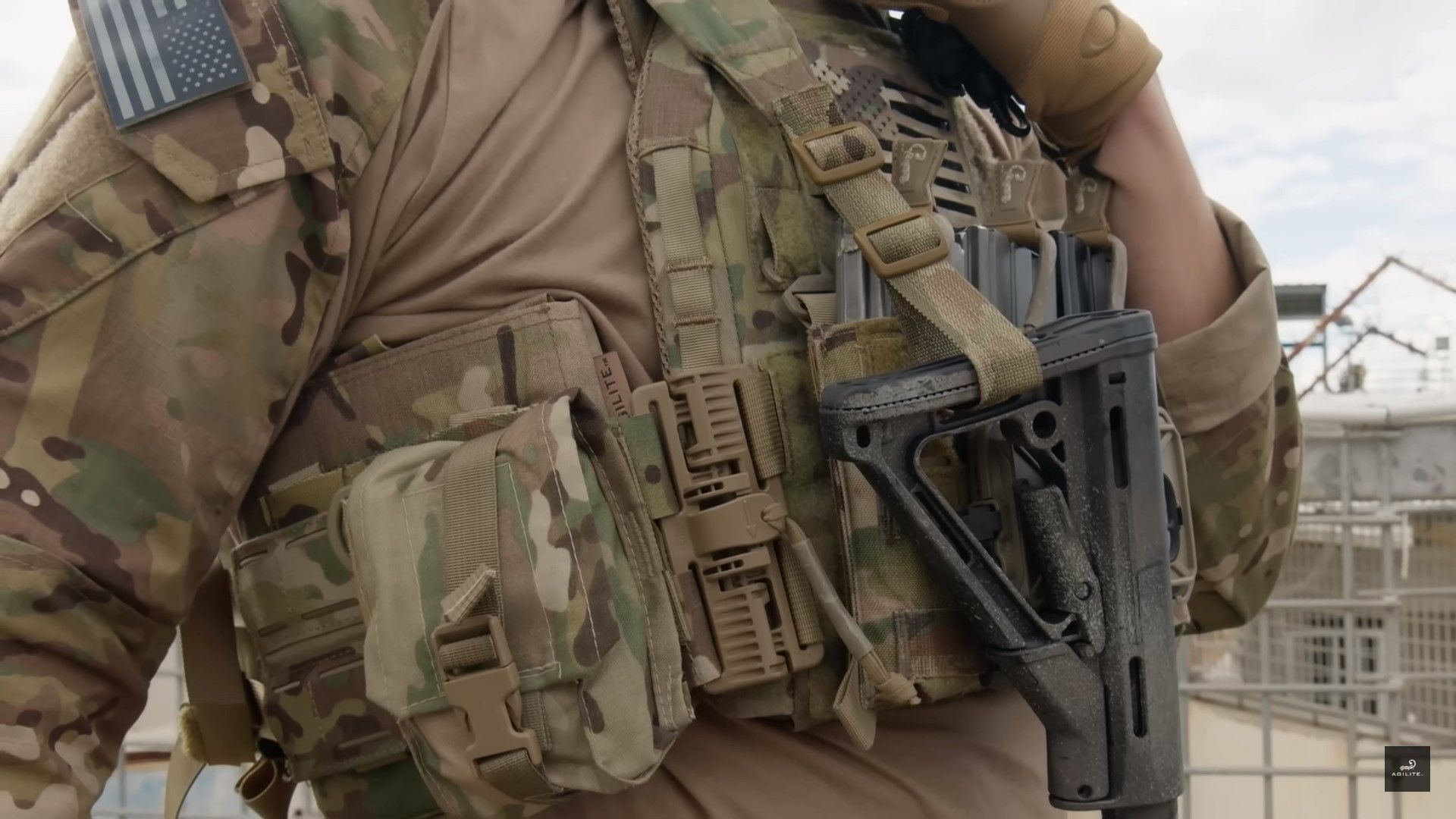
Mission success requires tactical equipment you can trust in any environment. OPTIX Tactical Equipment ensures reliability and performance in every operation.
2. Utilize the inside of your cummerbund
The front area of your plate carrier offers the most valuable space – easily accessible and relatively discreet. The inside of the cummerbund at the front of the plate carrier is a great place to mount spare magazines, a radio, or a TQ. You can attach your gear either internally to the cummerbund or use a plate carrier wing or side hanger.
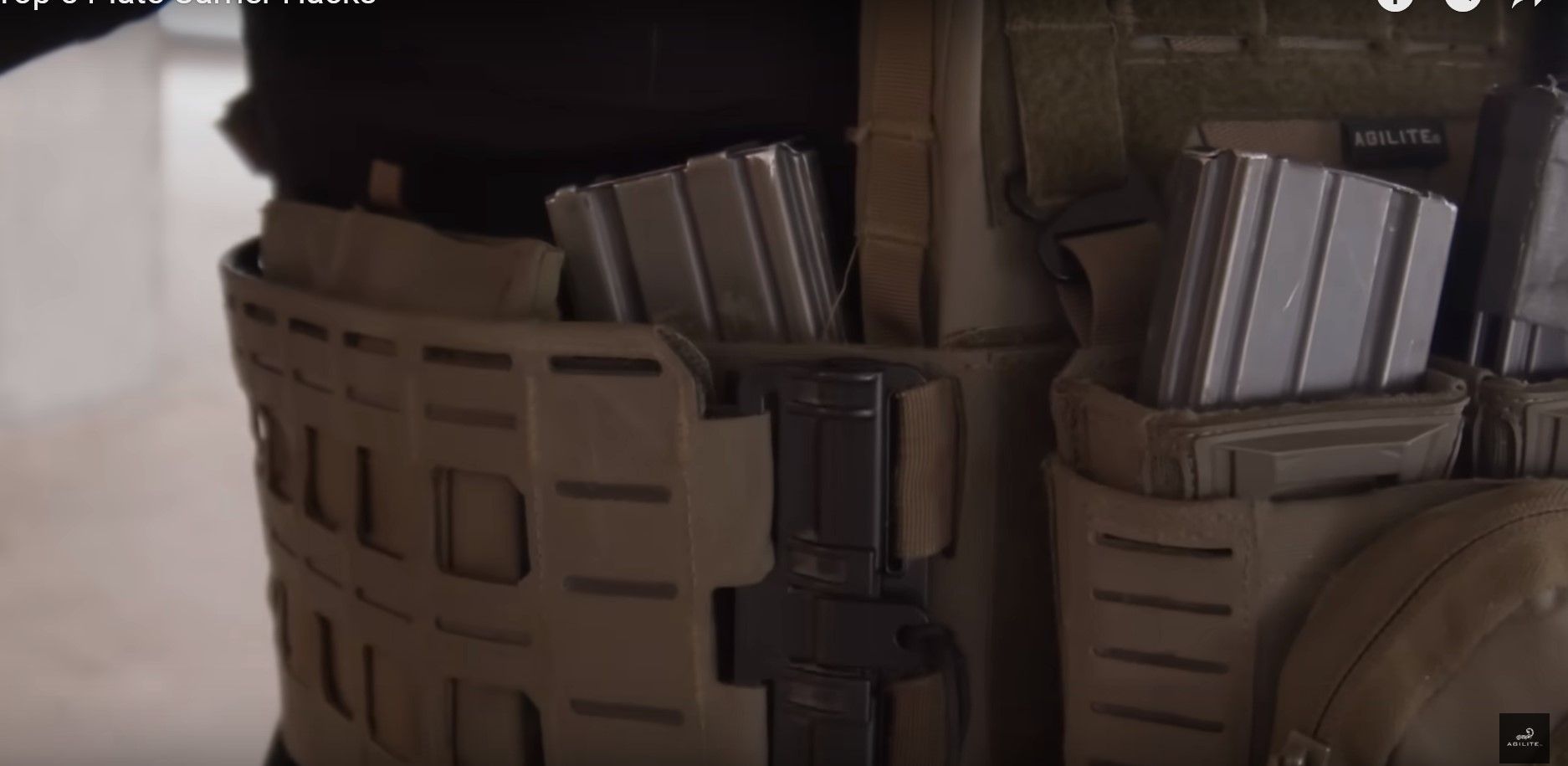
Another often unused area is the back of the cummerbund. If you are flexible enough, this is an excellent place for TQ holders. The biggest advantage of this positioning is that it lies close to the body and reduces your overall load.

3. Reduce the bulk
Of course, we all want to equip our plate carriers with everything we might need for any conceivable situation. However, the more gear we carry, the heavier and more cumbersome it becomes to perform our tasks. At the end of the day, the plate carrier should support, protect, and carry your equipment while you do your job. Carry only as much gear as necessary. Some items can also be stored in your backpack.
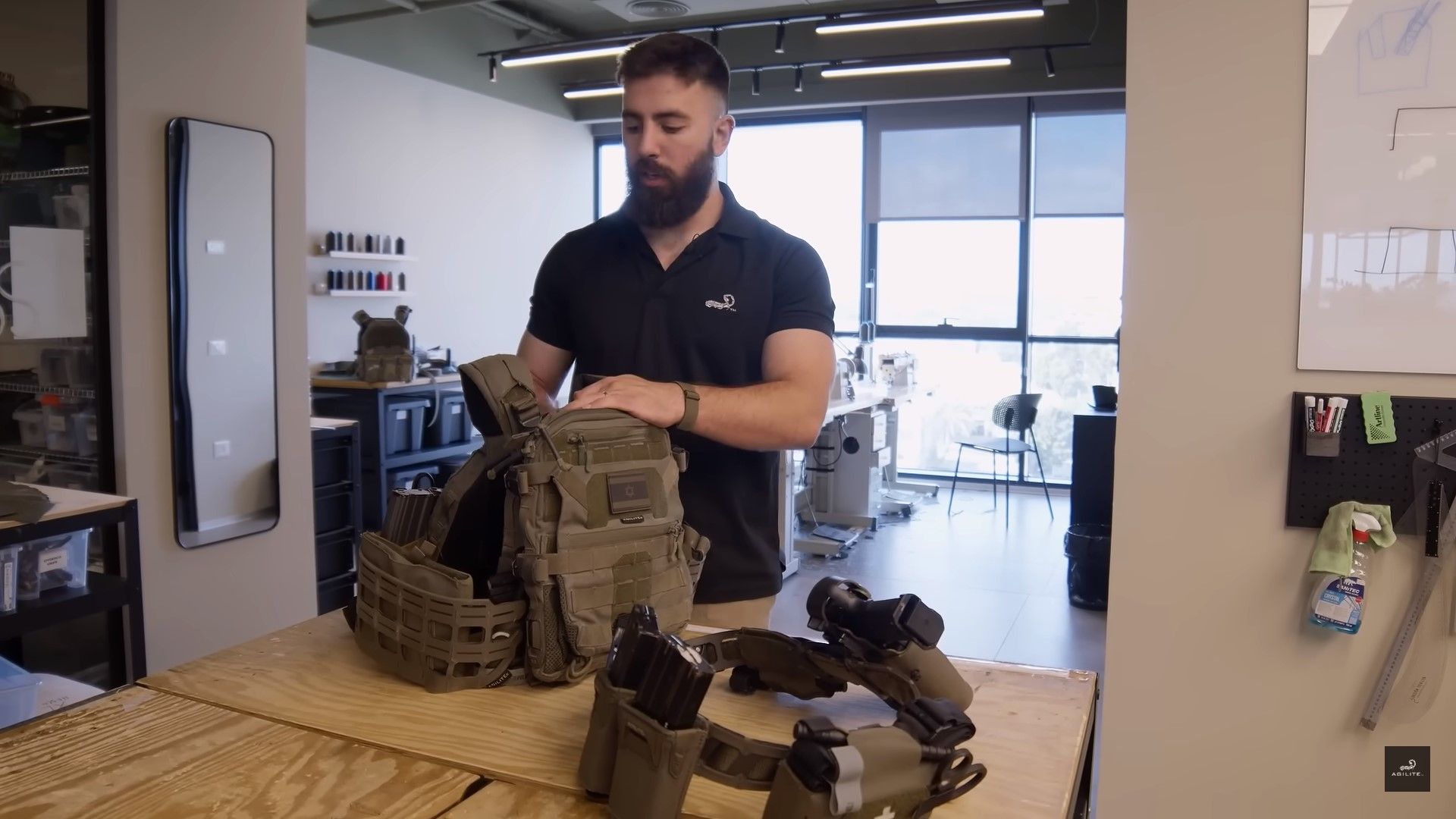
Another trick for reducing bulk is consolidation. Go through each pouch and check if items from a bulky pouch can be distributed into other pouches. Also, try to use only one layer wherever possible. It is better to distribute your magazine pouches across the cummerbund rather than stacking them all in front.
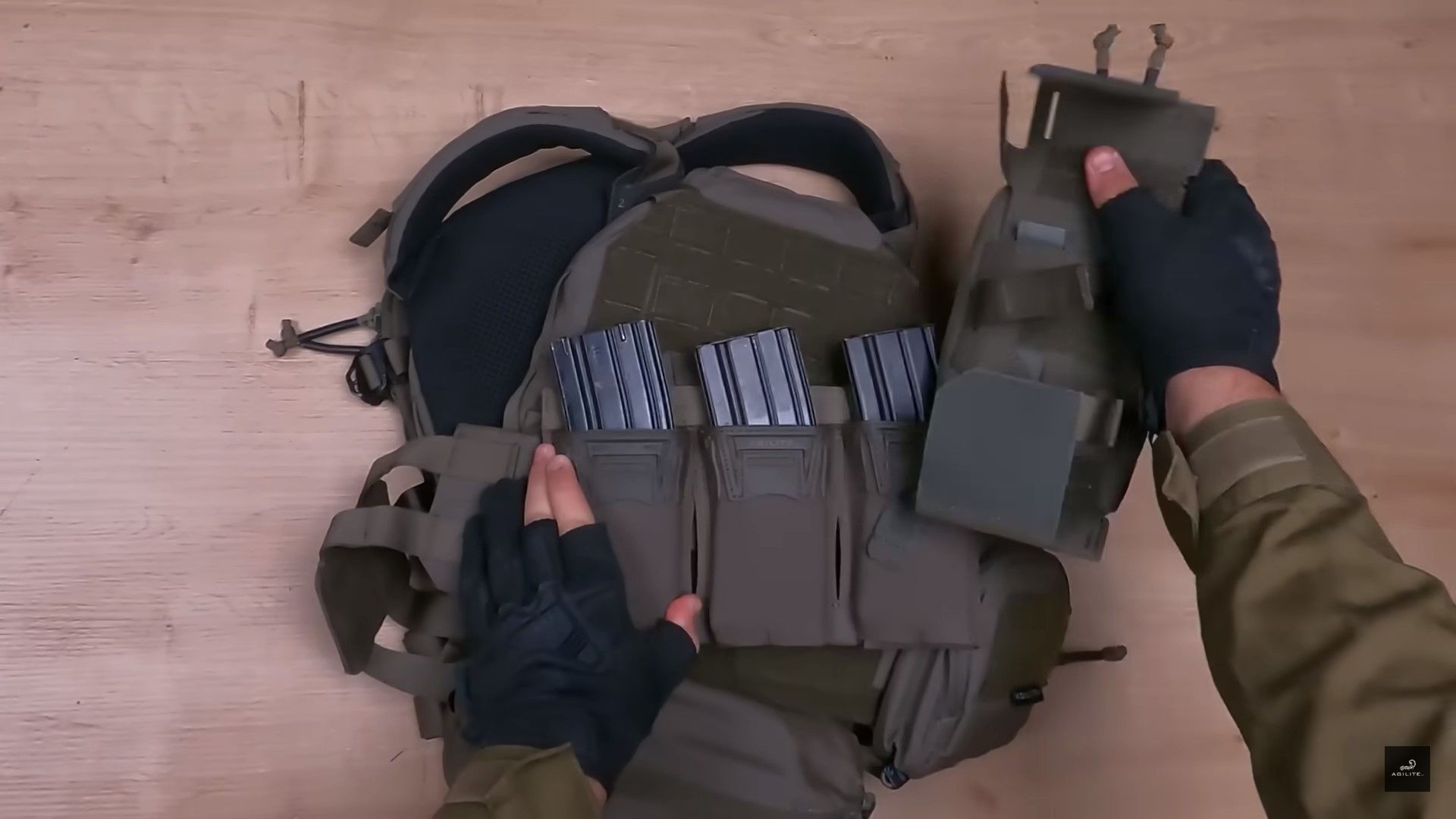
4. Plate Carrier Positioning
A common mistake is the incorrect height of the plate carrier. The front plate pocket should sit slightly lower than the back pocket to accommodate the shape of the human body. Ensure your front plate sits about two finger-widths below your collarbone. The back plate should not hang too low, leaving the entire upper back exposed.
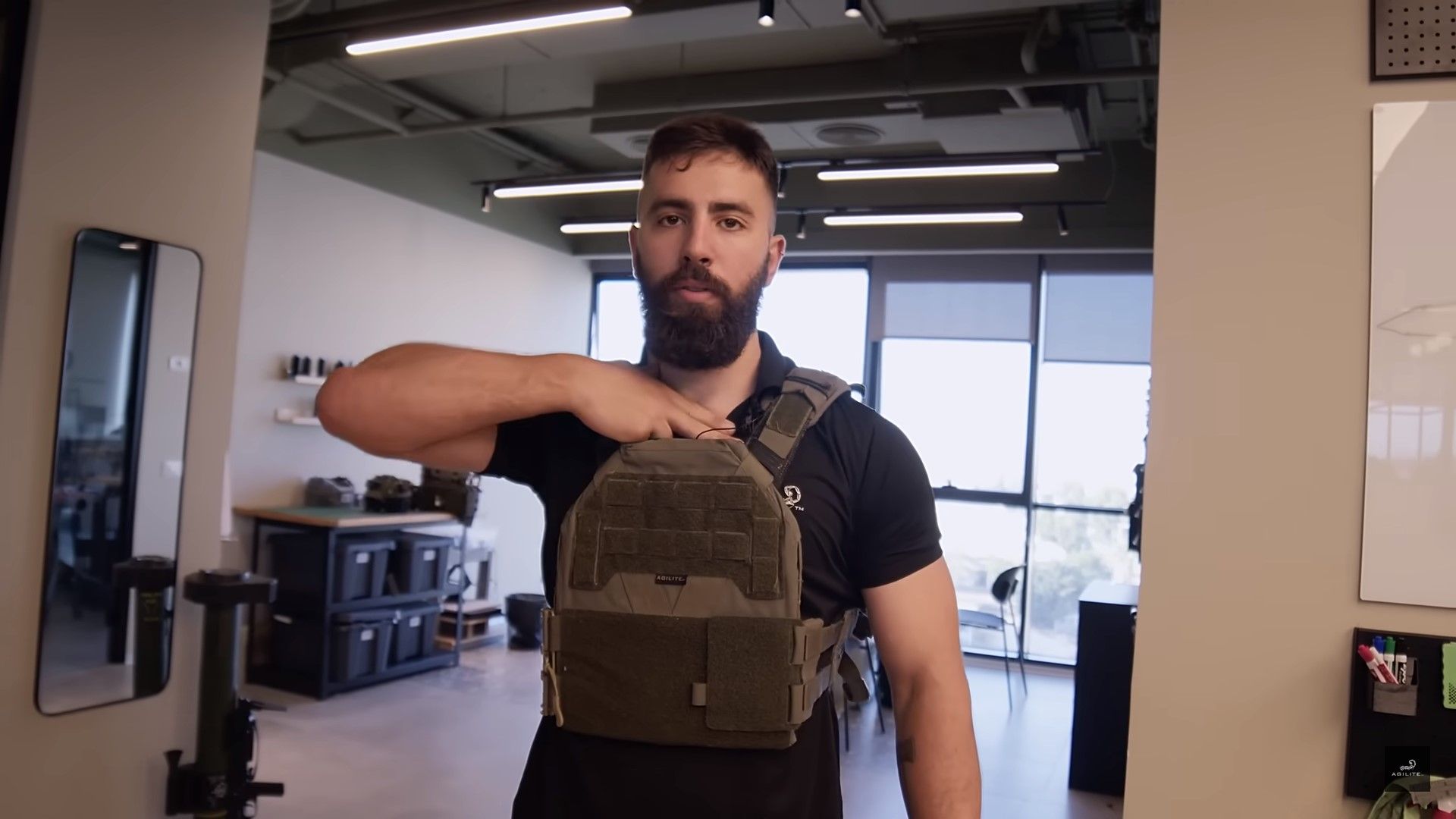
Achieving the correct positioning is done by adjusting the shoulder straps. With most plate carriers, it may take several attempts to find the right fit.
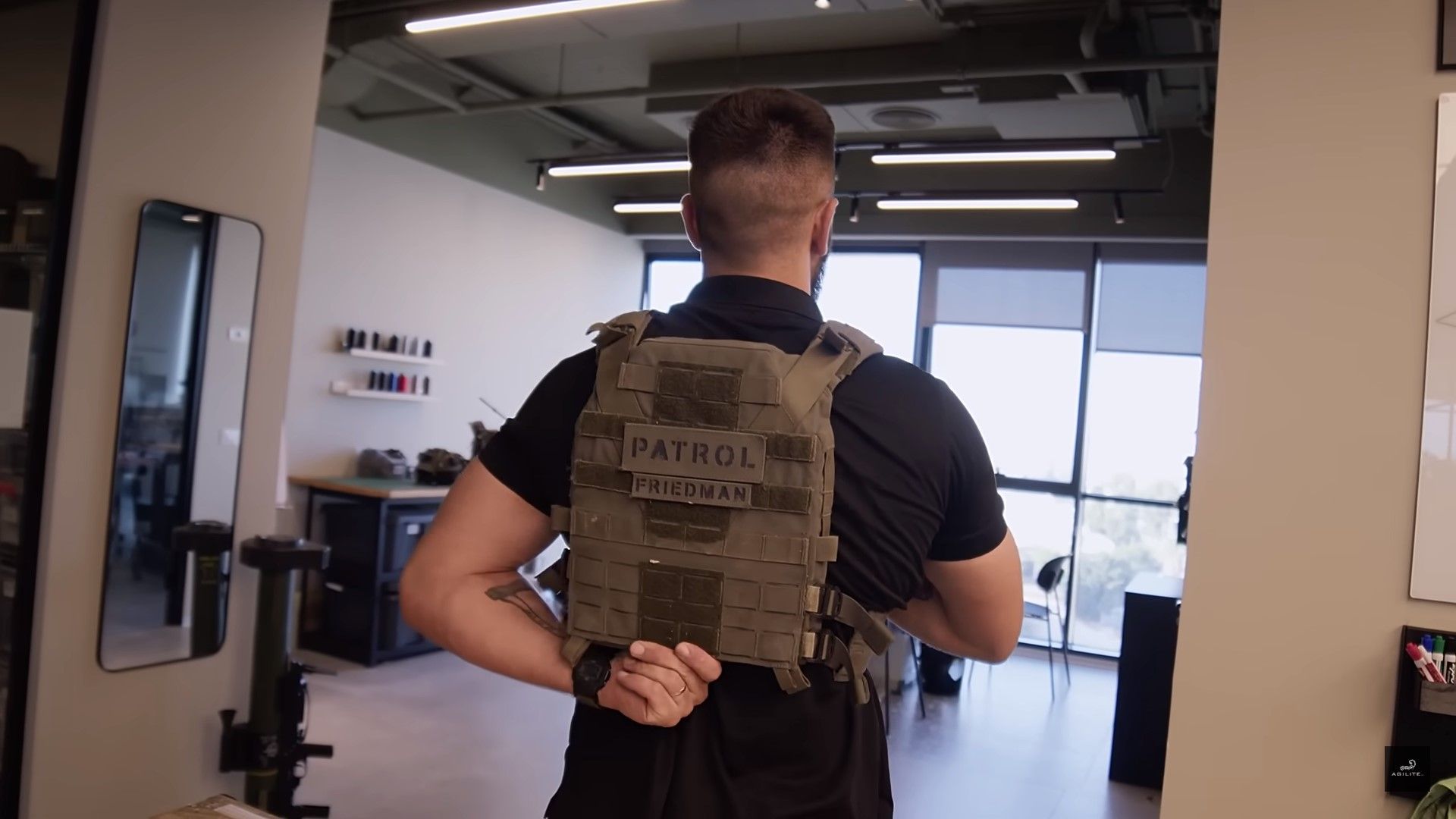
5. Smoke Grenades
Smoke grenades are an excellent tool for quickly providing cover when you're in a difficult situation or stuck in a danger zone. They offer soft cover to improve your position, withdraw from a firefight, or evacuate casualties. Currently, Agilite is testing a prototype pouch for smoke grenades.
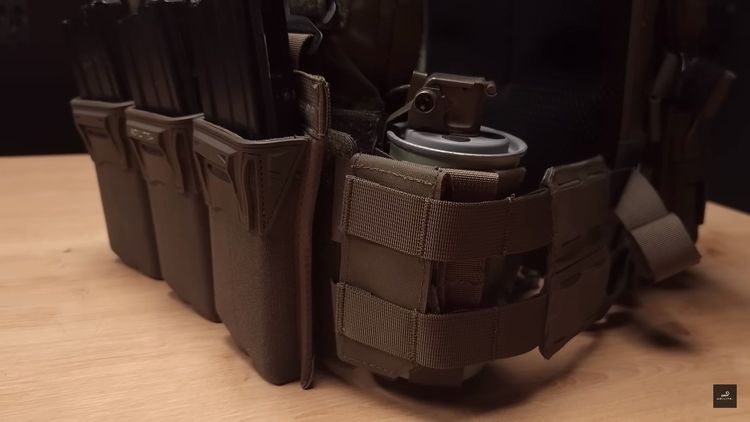
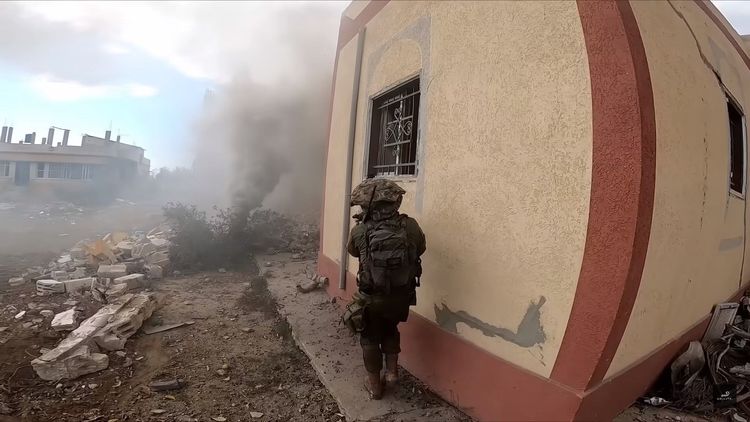
Bilder & Video: Agilite
Mission success requires tactical equipment you can trust in any environment. OPTIX Tactical Equipment ensures reliability and performance in every operation.

